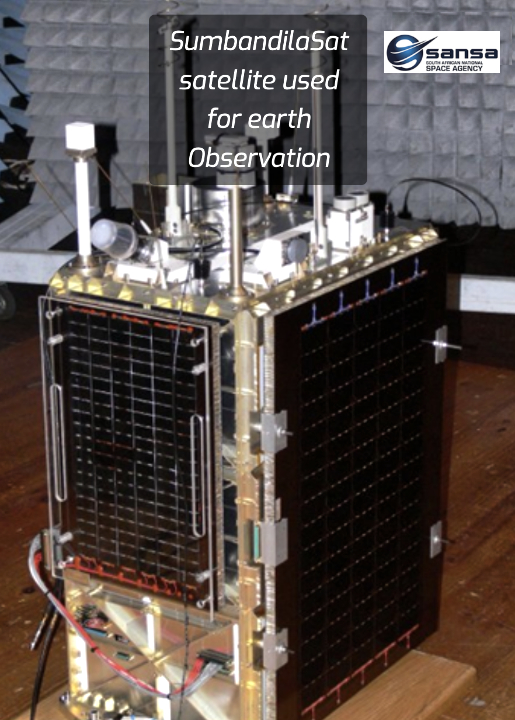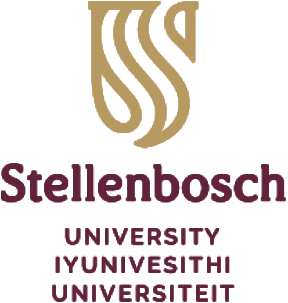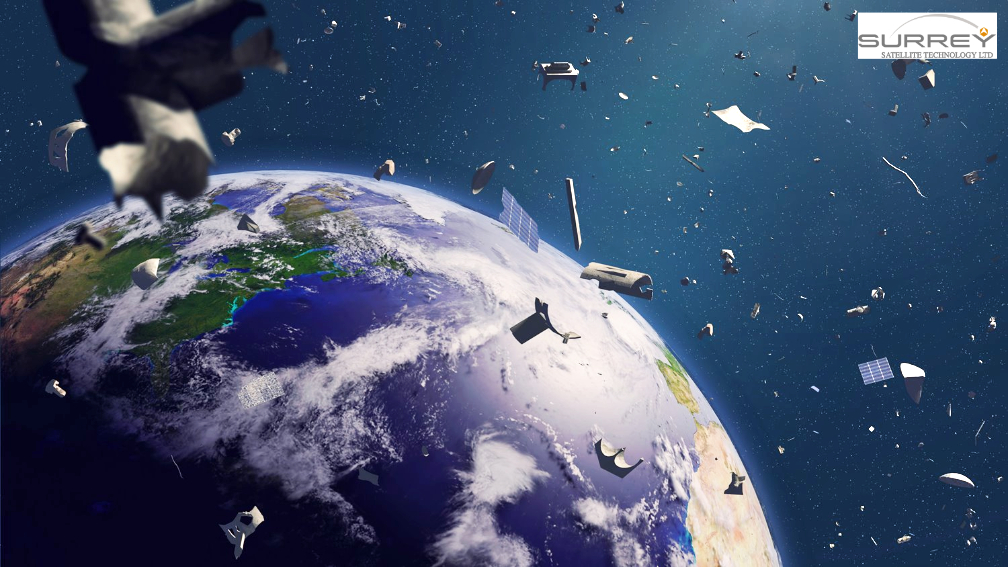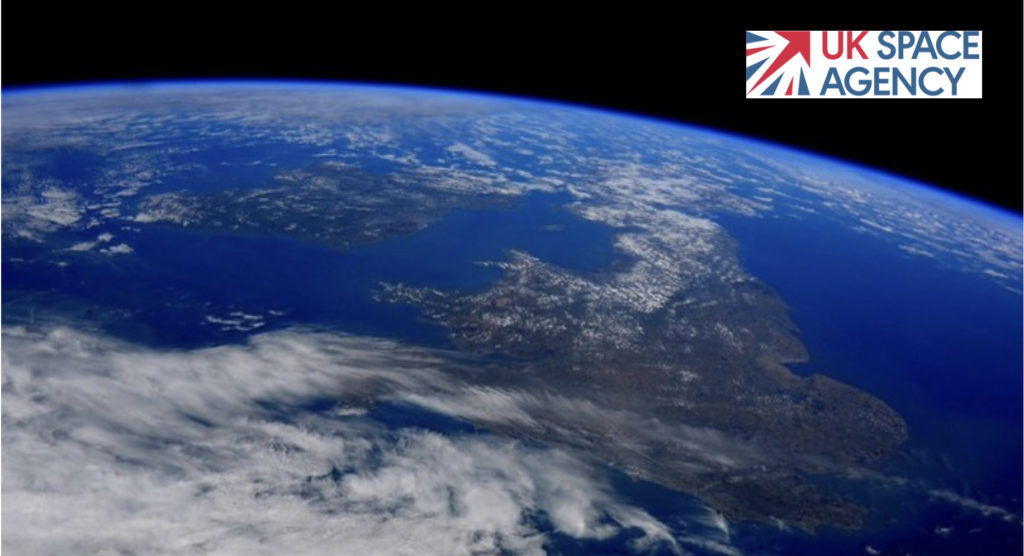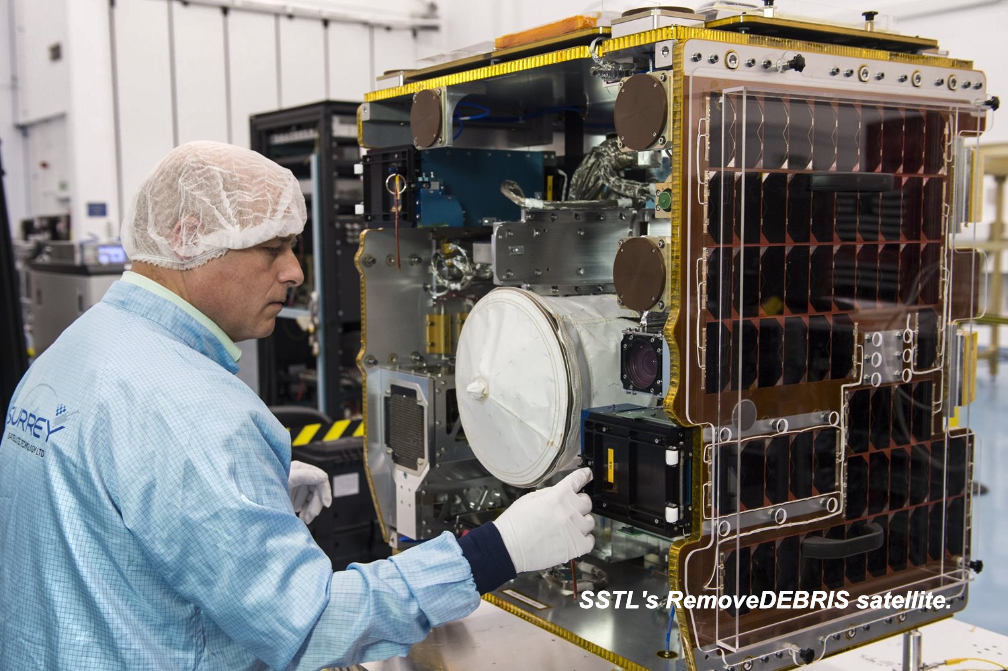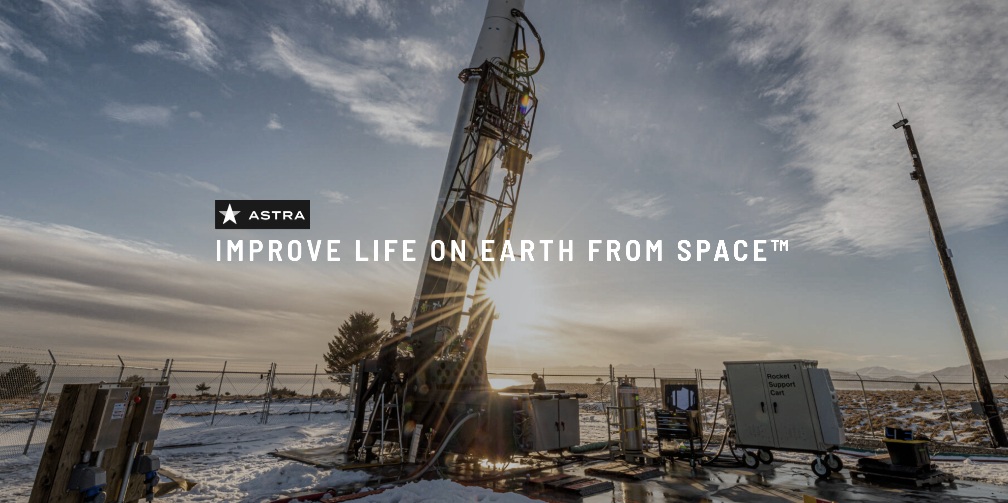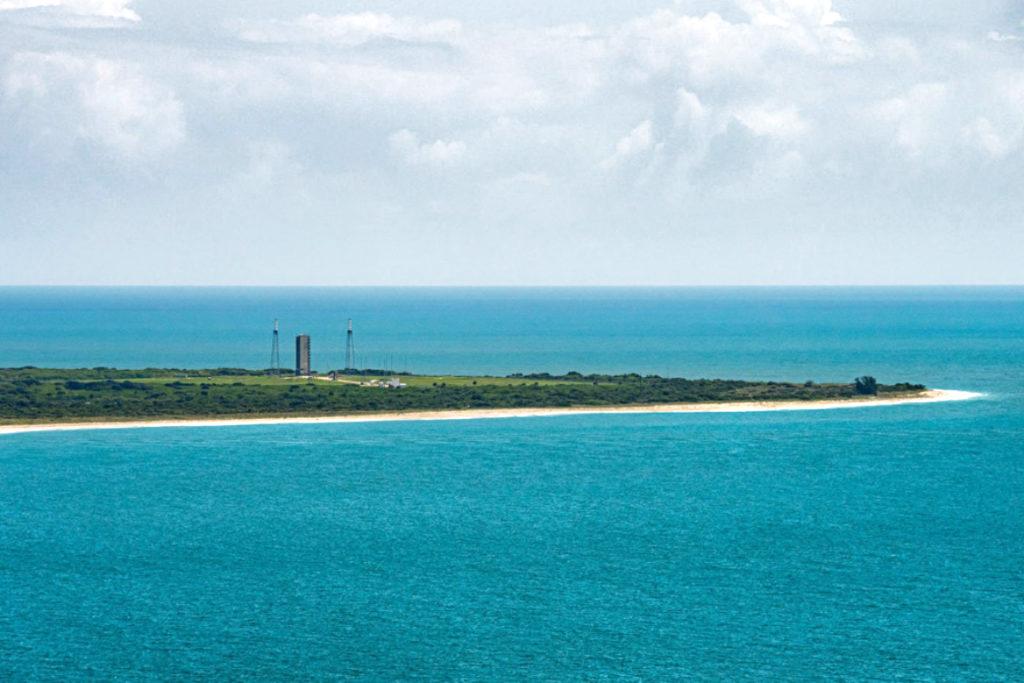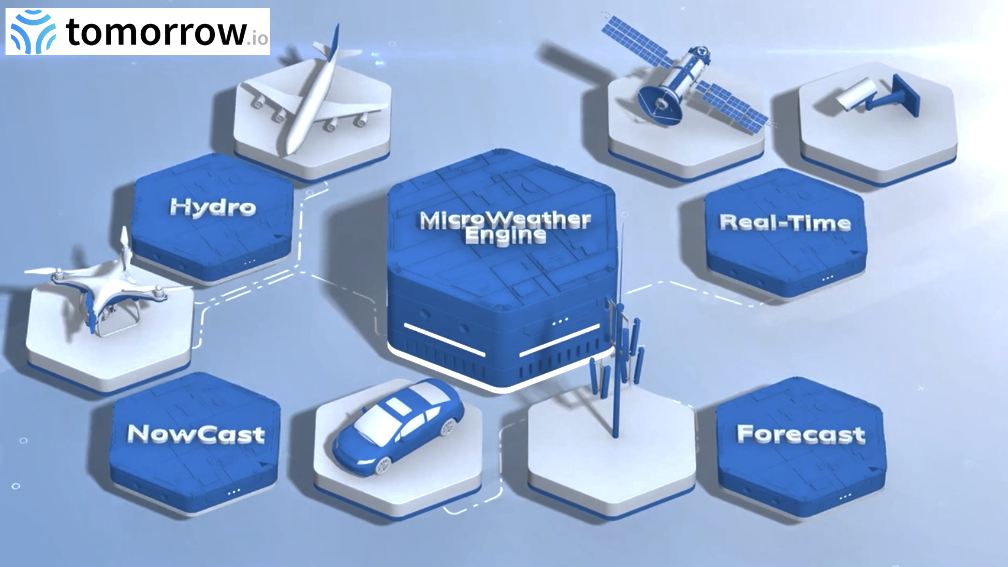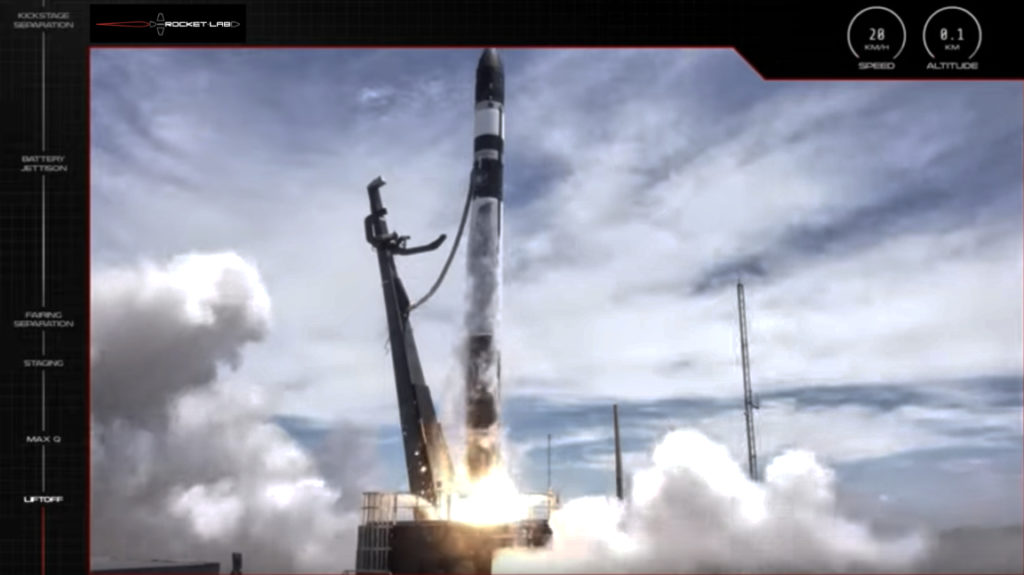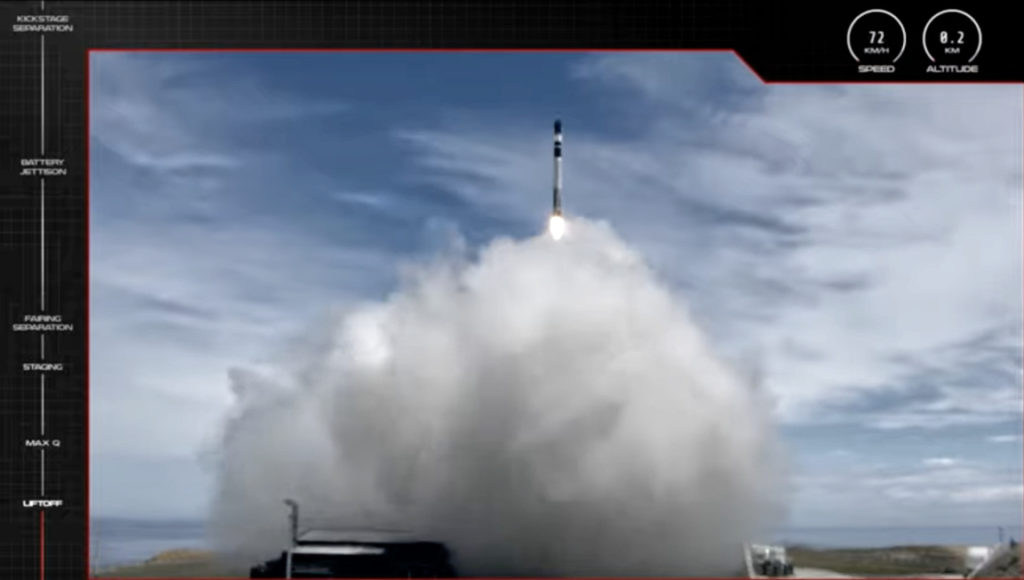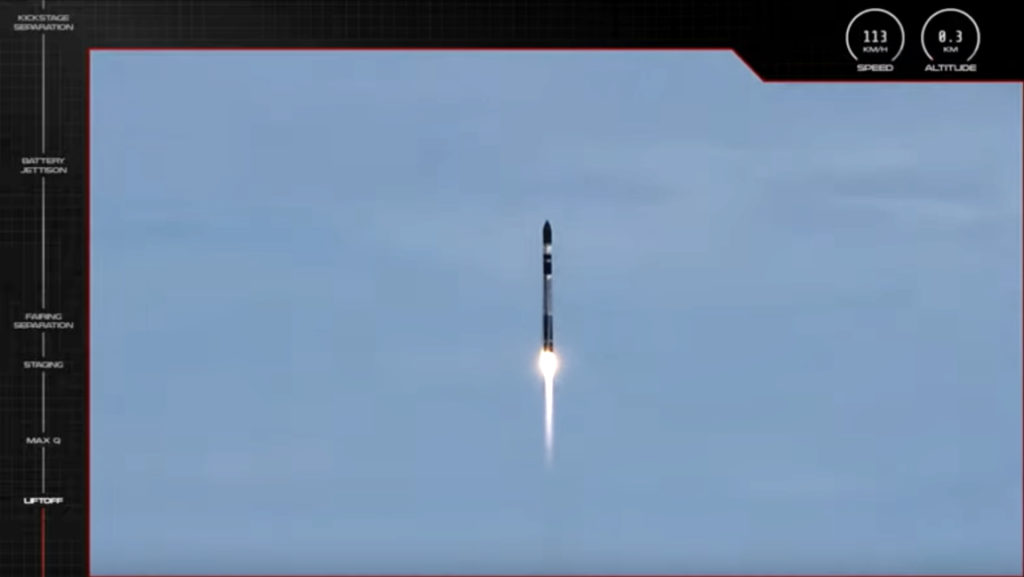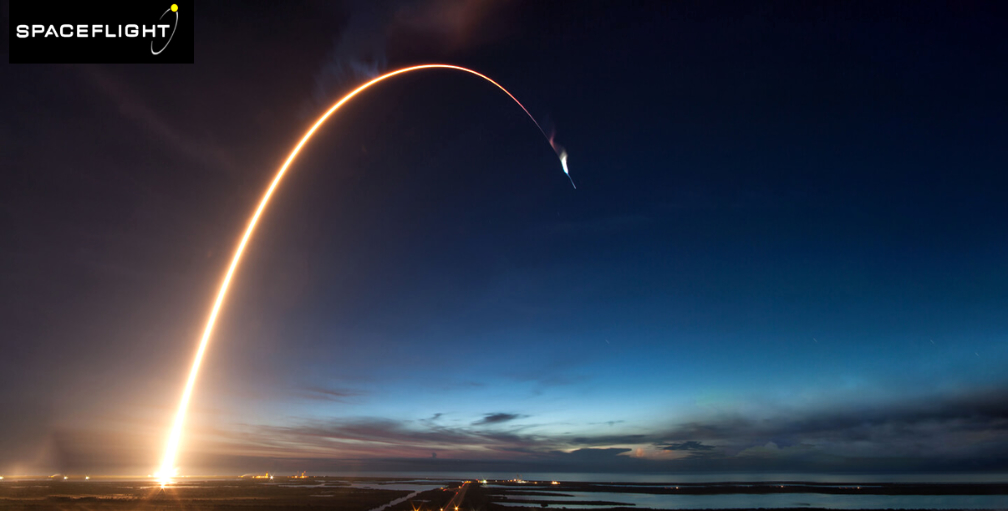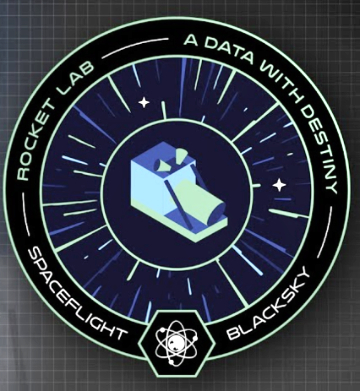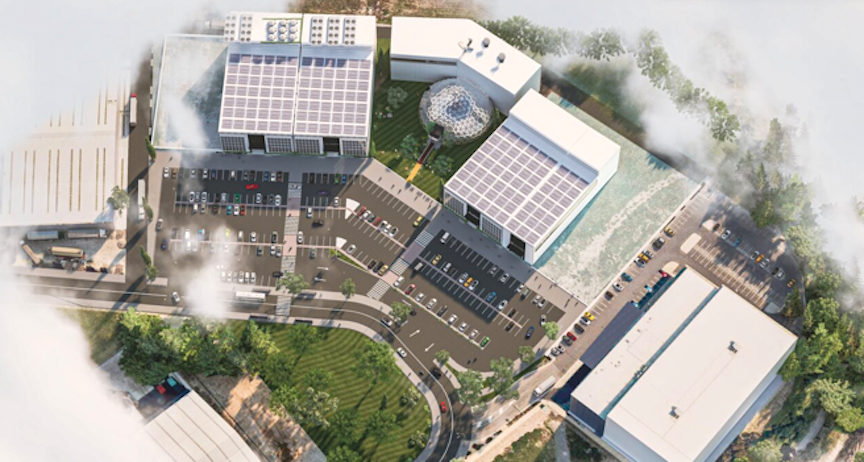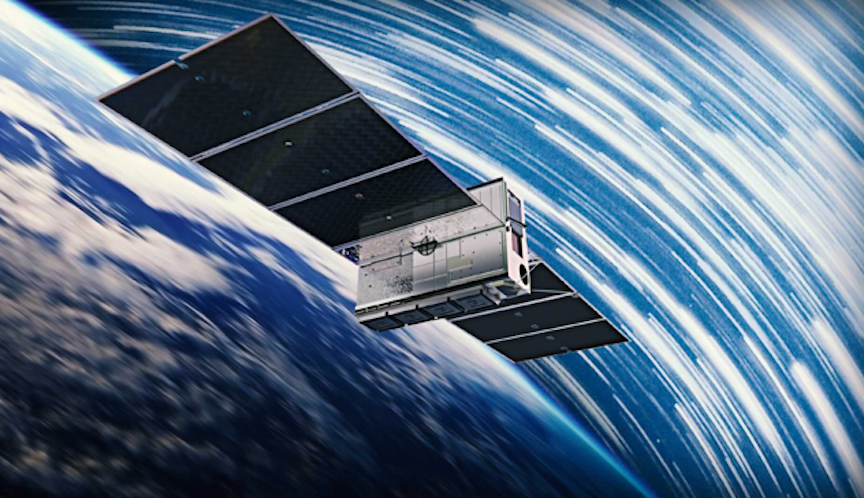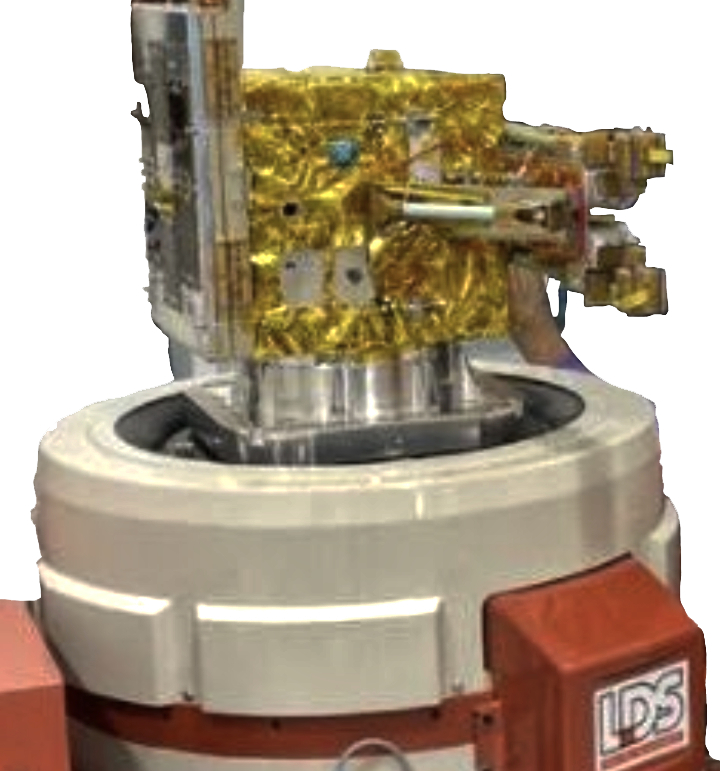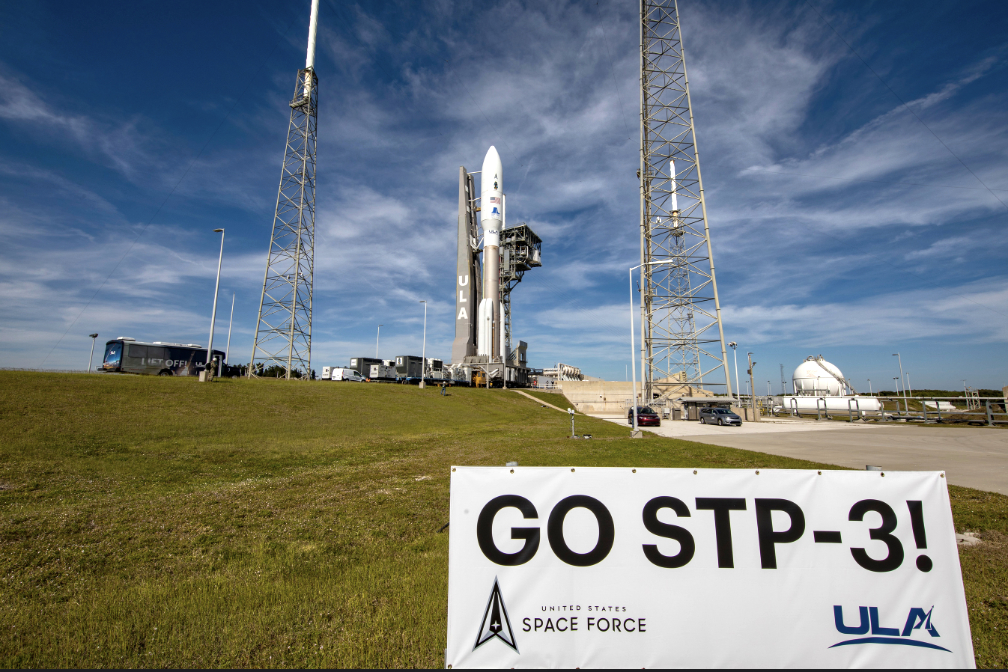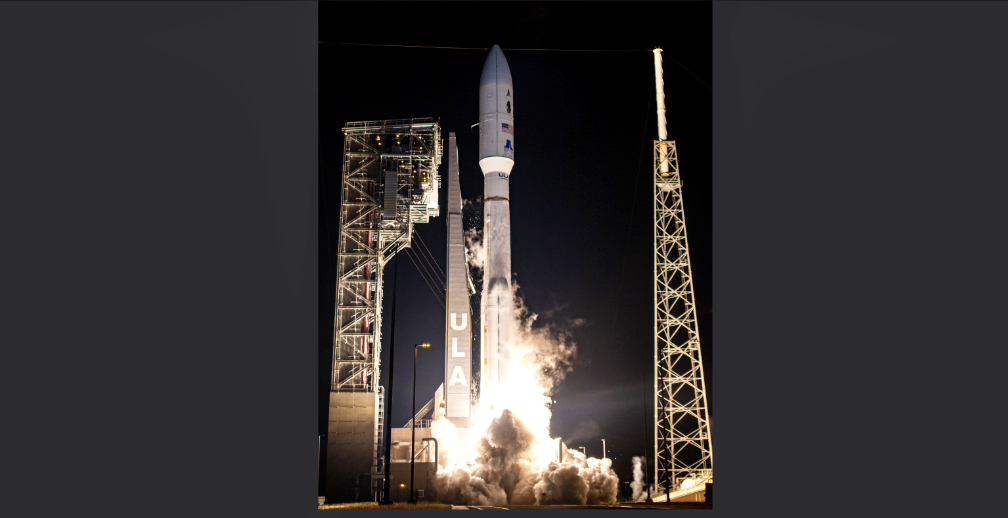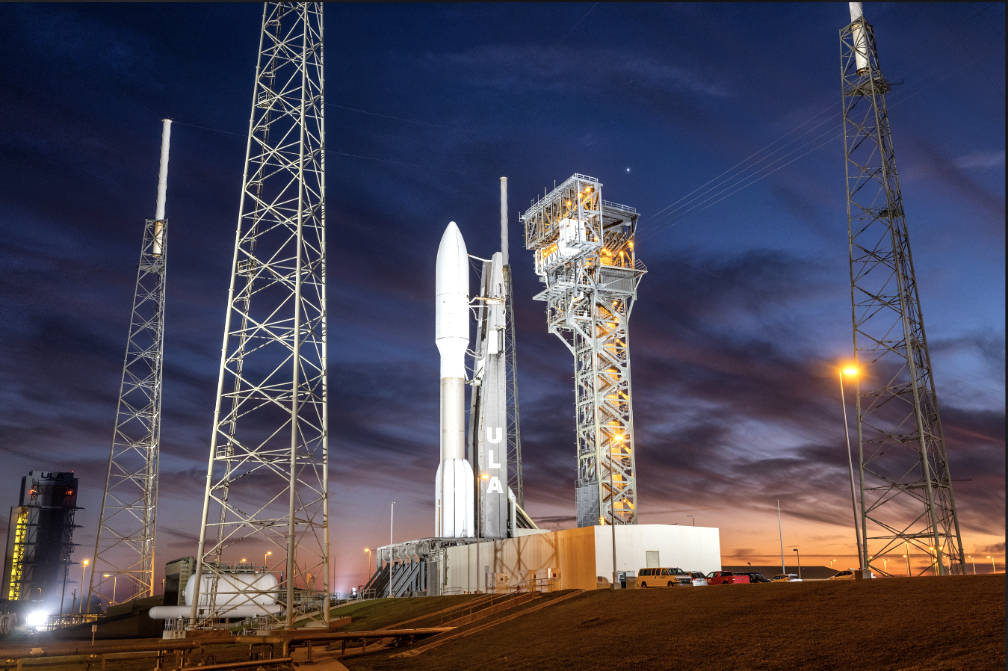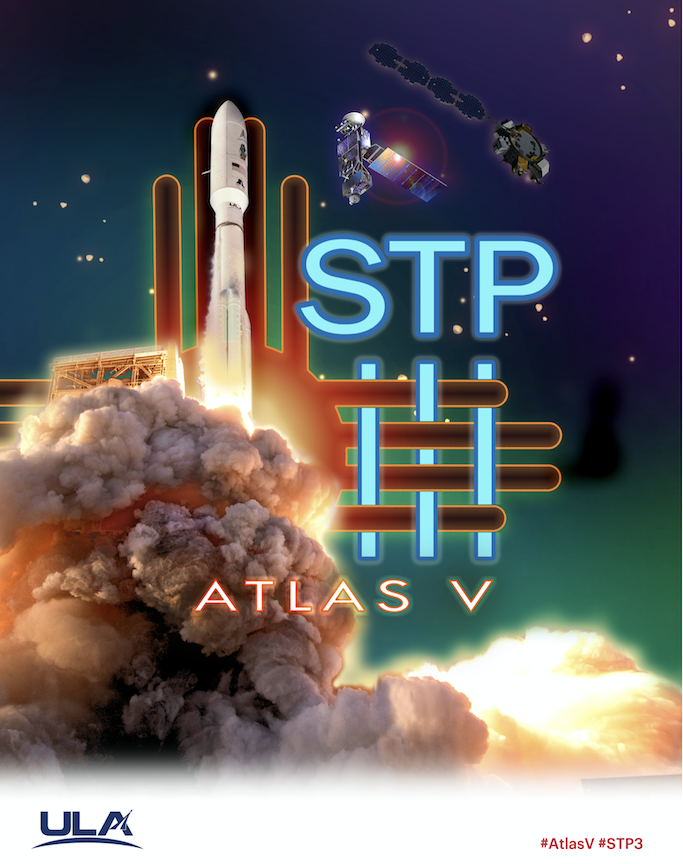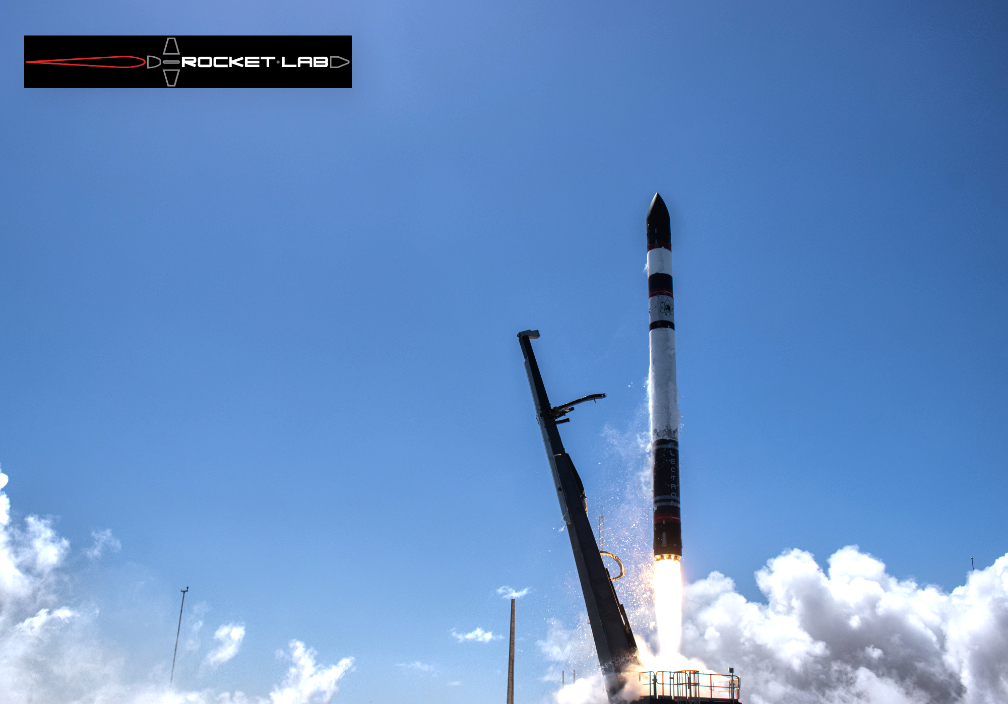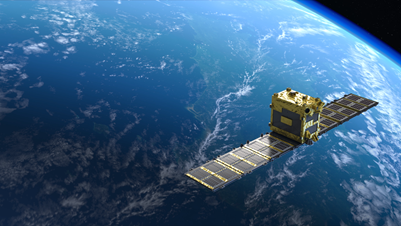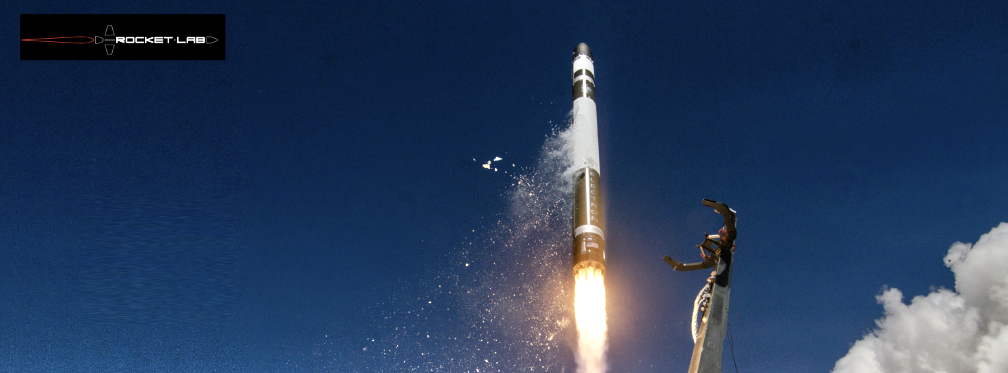
Rocket Lab USA, Inc. (Nasdaq: RKLB) (“Rocket Lab” or “the Company”) has signed a definitive agreement to acquire SolAero Holdings, Inc. (SolAero), a supplier of space solar power products and precision aerospace structures for the global aerospace market, for $80 million in cash — the acquisition is expected to close in the first quarter of 2022.
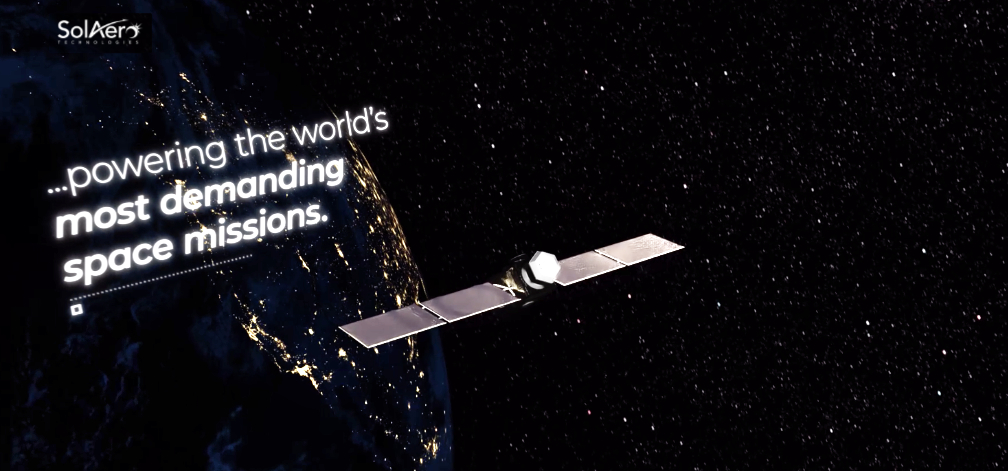
The acquisition aligns with Rocket Lab’s growth strategy of vertical integration to deliver a comprehensive space solution that spans spacecraft manufacture, satellite subsystems, flight software, ground operations, and launch. As one of only two companies producing high-efficiency, space-grade solar cells in the United States, SolAero’s space solar cells are among the highest performing in the world and support civil space exploration, science, defense and intelligence, and commercial markets. In combining with Rocket Lab, SolAero will tap into the Company’s resources and manufacturing capability to boost high-volume production, making high-performing space power technologies available at scale.
Founded in 1998 and headquartered in Albuquerque, New Mexico, SolAero’s solar cells, solar panels, and composite structural products have supported more than 1,000 successful space missions with 100% reliability and mission success to date. Over the past two decades, SolAero’s products have played key roles in some of the industry’s most ambitious space missions, including supplying power to NASA’s Parker Solar Probe and Mars Insight Lander, the largest solar array ever deployed on the surface of Mars, and several Cygnus Cargo Resupply Missions to the International Space Station.
SolAero also led the development and manufacturing of the solar panel on Ingenuity, the helicopter that successfully flew on Mars in April this year, marking the first ever powered, controlled flight on a planet other than Earth. SolAero technology has also made commercial constellations possible, providing power to OneWeb’s broadband constellation. Most recently, SolAero has been selected to supply Solar Power Modules for the Power and Propulsion Element of NASA’s Gateway as part of NASA’s Artemis lunar exploration plans, which will enable future missions to Mars.
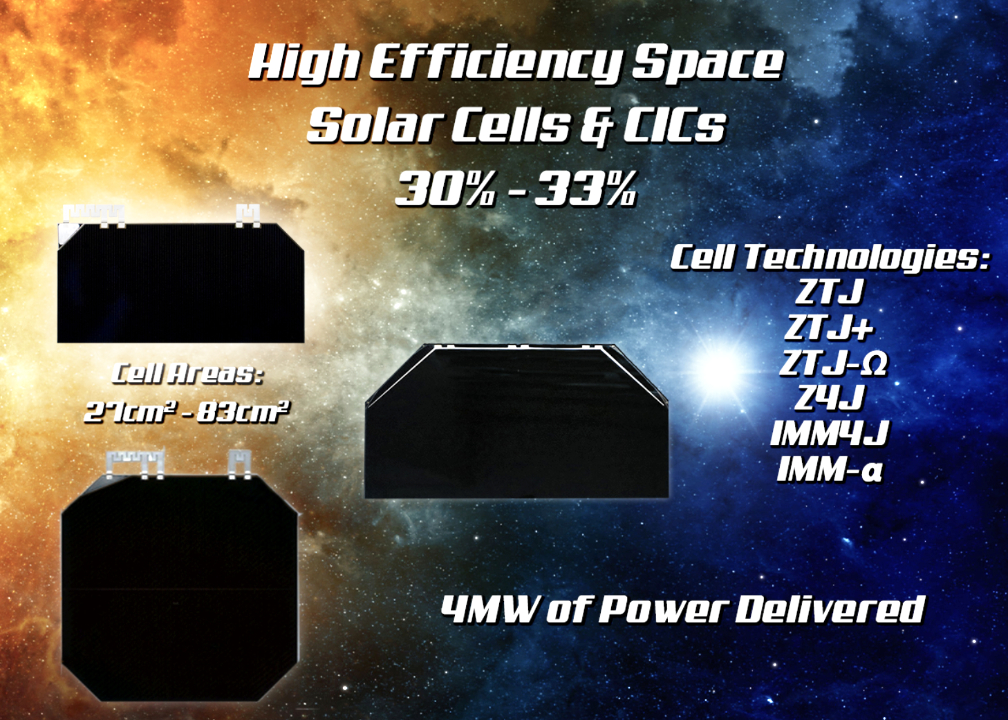
The addition of SolAero’s 425-strong team brings Rocket Lab’s total headcount to more than 1,100 employees across its space manufacturing complexes, test facilities, and launch sites in California, Virginia, Colorado, Maryland, Toronto, New Zealand and now Albuquerque, New Mexico. The SolAero team will continue to be led by President and CEO Brad Clevenger at SolAero’s 154,696 ft² (14,372 m²) production facilities in Albuquerque, New Mexico.
The SolAero merger is Rocket Lab’s third proposed acquisition announced this year, following the acquisition of space software company ASI Aerospace LLC in October 2021, and spacecraft separation systems company Planetary Systems Corporation, which was completed in December 2021. Rocket Lab will host a conference call for investors at 2:00 p.m. PST (5:00 p.m. EST) today to discuss the agreement.
“SolAero is a highly complementary addition to Rocket Lab’s vertically integrated business model and strengthens our ability to streamline space for our customers by delivering complete space mission solutions,” said Rocket Lab founder and CEO, Peter Beck. “SolAero has established itself as a premier provider of solar technologies, enabling trailblazing missions that have expanded scientific horizons and advanced commercial space. By combining our innovative teams, industry-leading technologies, and strong resources, we can advance space exploration and enable our customers to push the boundaries of what’s possible in orbit. We are absolutely thrilled to welcome the SolAero team to the Rocket Lab family.”
“We are very excited to join the outstanding team at Rocket Lab and contribute to their track record of innovation and on-orbit success,” said SolAero President and CEO, Brad Clevenger. “As Rocket Lab builds on its capability to provide complete mission solutions, SolAero is a natural fit for Rocket Lab. We look forward to becoming an integral part of Rocket Lab’s Space Systems business while continuing to offer all of our customers premier capability and value.”

